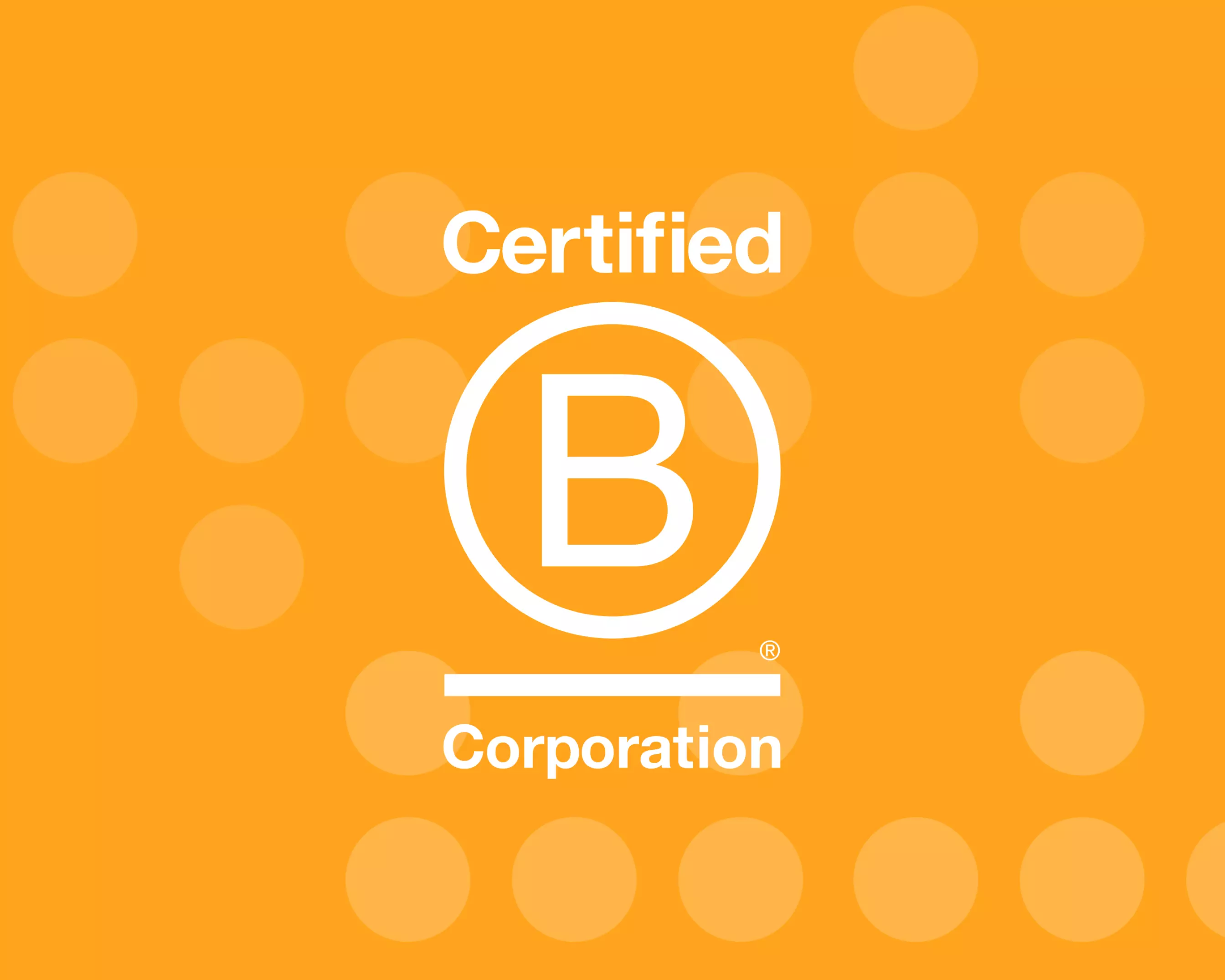
Successful use of AI requires more than technical fluency — it demands contextual understanding. For us, it's about selecting the right tool for a specific challenge, not defaulting to automation.
We treat AI as a specialised tool — applied deliberately to specific challenges where it can meaningfully support our workflow. Maximising its possibilities without becoming dependent is a balancing act, but one we believe is increasingly essential to creative and technical practice.
Our approach can be summarised in three main steps:
Understand the problem
Every use of AI begins with context. In a recent database optimisation project, we needed a way to retrieve product data efficiently — not through repeated individual queries, but via a single, well-structured call. “When you're designing for speed,” explains our founder Henry, “you want to minimise requests. A broader query might take longer to formulate, but the cost of one call is far lower than many.” The goal is precision: less repetition, more clarity.
Describe the issue
Describing the issue means isolating exactly where complexity lies. In this case, we understood the logic belonged inside the database — but implementing it required SQL syntax we rarely use. Since most of our projects rely on simpler structures, ChatGPT became especially helpful, bridging the gap between concept and execution.
Ensure understanding
Effective use of AI depends on more than syntax — it requires a clear grasp of the relationships between data, logic, and intent. In our database example, Henry approached the model iteratively: “We progressively built up the GPT’s knowledge of the issue, ensuring it registered each step, and gave worked examples to validate. We would then add a more difficult step to confirm the configuration we were working on together.” It’s a process of layered instruction, not delegation.
This approach ensures that when we do use AI, it’s intentional — never default. As Henry puts it, “Copilot is a good name. It’s not doing it for you; it’s like knowing how best to find something — by spotting the most important, selective words. Like working with a friend who happens to have a very good memory for syntax.”
That companionship is useful — but not without cost. The environmental impact of large-scale AI generation remains significant, and it’s part of why we advocate for measured, deliberate use.
For us, integrating AI into creative work is a question of judgement: selecting the right moments, the right tools, and the right reasons. Used carefully, it can sharpen process. But the direction — and the thinking — remain human.



